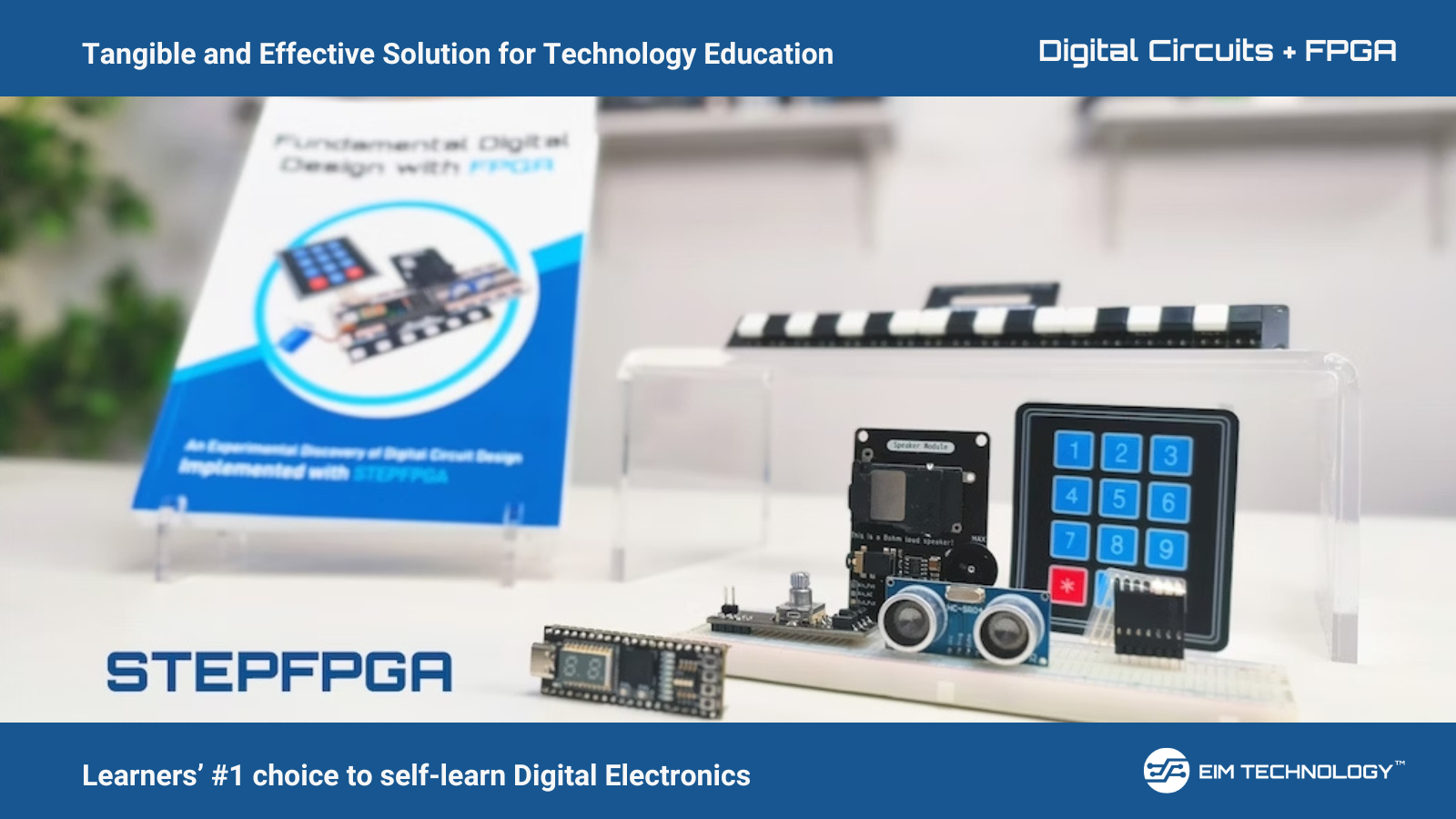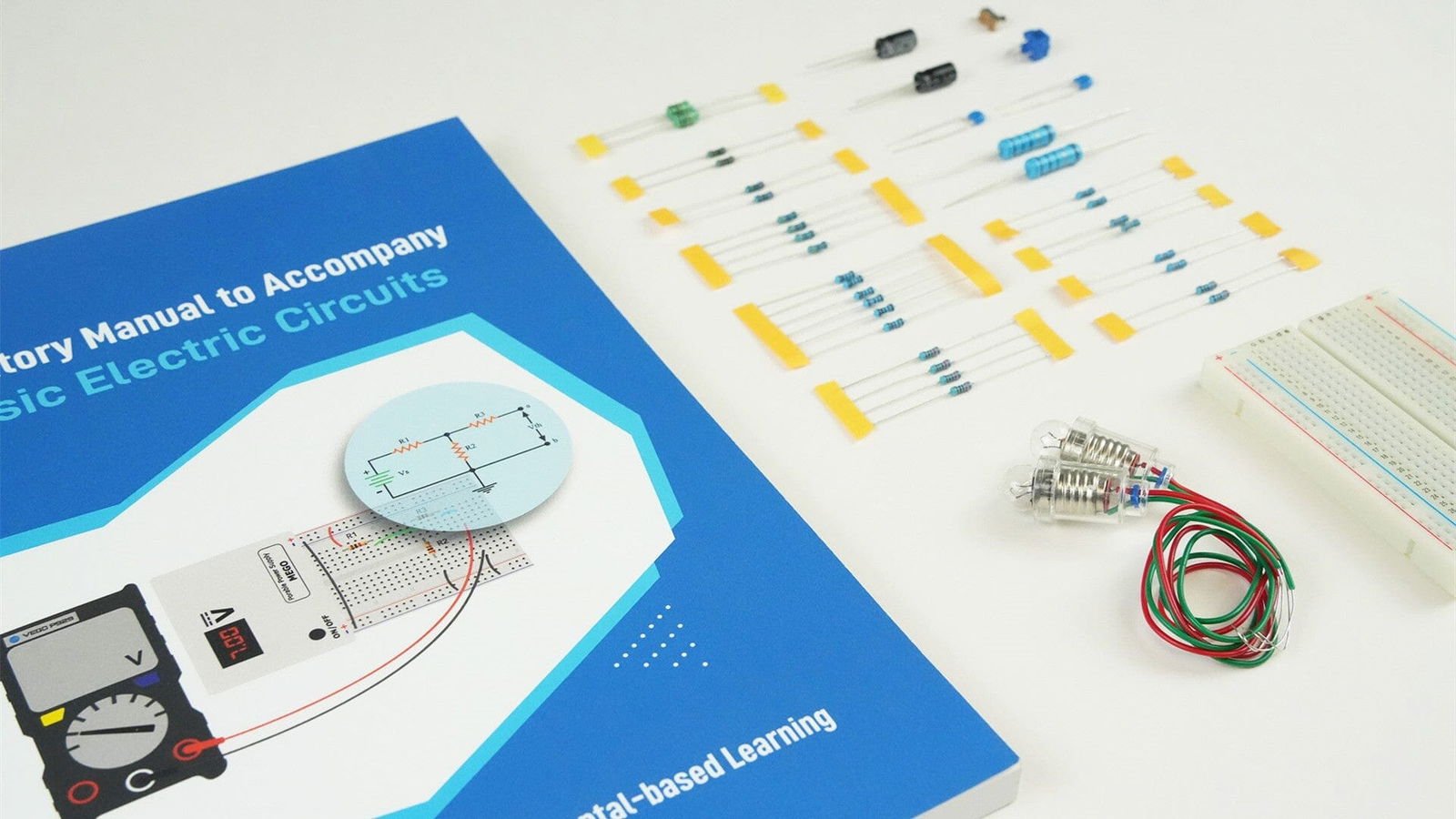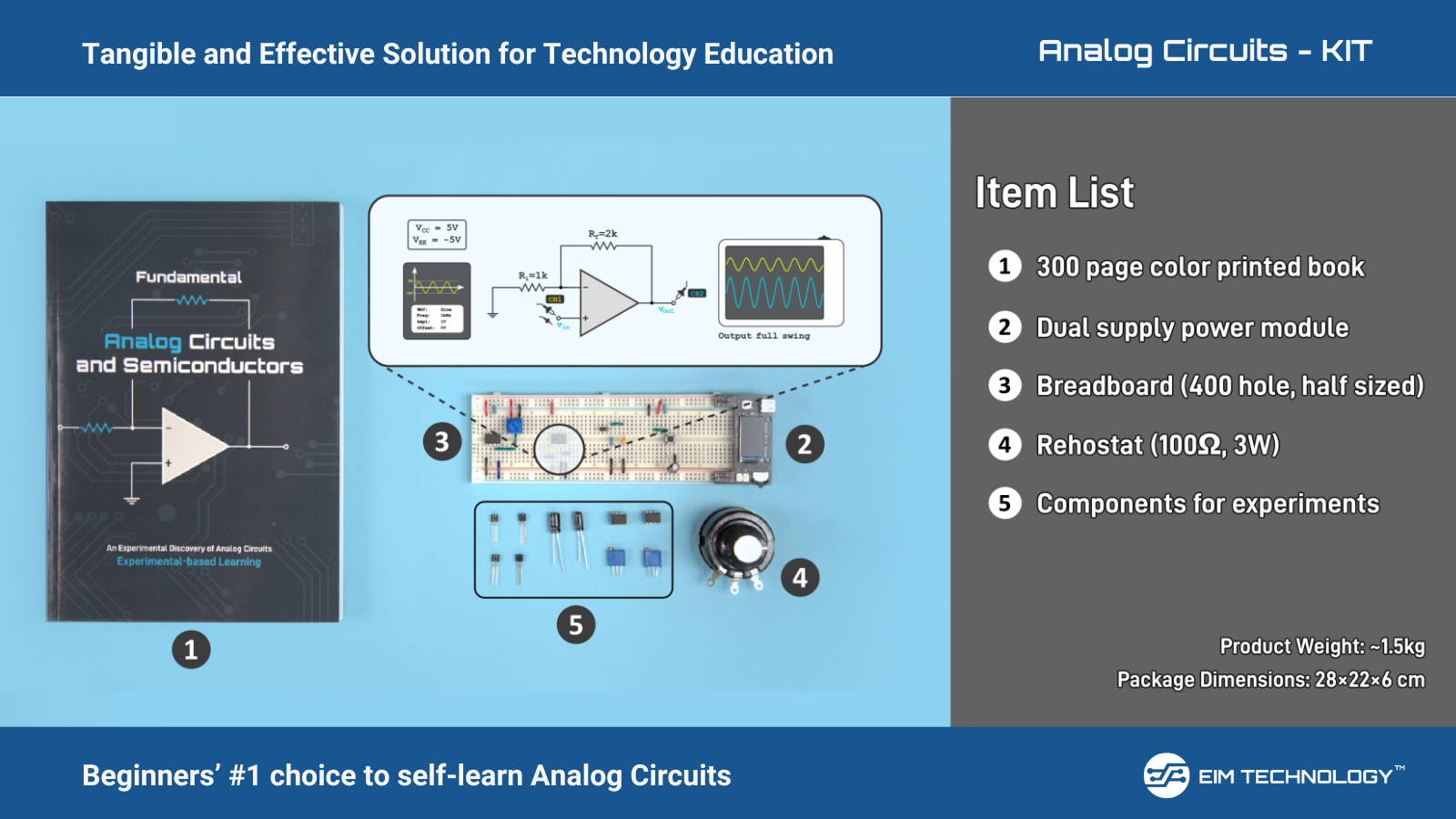Best FPGA Development Board for Beginners
by the internal PLL), you can add many extension modules to explore advanced applications such as industrial controls, communications, signal processing and
synthesis.

-
IDE tool: supported both Lattice Diamond and STEPFPGA Web IDE which supports cross-platform development including Windows, Linux, MacOS
-
PROGRAMMER: supported MSD automatic program burning mode, absolutely NO driver installation is needed.
-
PERIPHERALS: Type-C connecter (UART available), 2 digital displays, 8 LEDs, 4 toggle switches, 4 push buttons, 2 RGB LEDs.
-
HARDWARE: DIP40 packaging compatible for breadboard circuiting; 36 free GPIOs available for extension pins.
-
RESOURCES: open source example codes available on Github and introductory tutorial available for purchase.





1. What is FPGA and why is it used?
FPGA stands for Field-Programmable Gate Array. It's a reconfigurable integrated circuit that allows users to customize digital logic circuits to perform specific tasks. FPGAs are used for applications where flexibility, high-speed processing, and real-time responsiveness are essential. They find applications in fields like signal processing, telecommunications, robotics, and more.2. What is Field Programmable Gate Array (FPGA)?
3. Is FPGA development hard?
FPGA development can be challenging for beginners, but it becomes more manageable with experience. The availability of user-friendly development tools and resources like open-source example codes and tutorials can significantly ease the learning curve. FPGA board by EIM technology is prefect FPGA board for beginners4. How to program an FPGA using Verilog?
Programming an FPGA using Verilog involves writing hardware description code in the Verilog language and then using FPGA development tools like Lattice Diamond or STEPFPGA WebIDE. These tools support cross-platform development and can be used on Windows, Linux, and MacOS.With our FPGA board you get WebIDE tool for FREE, check it on https://www.eimtechnology.com/collections/all-products/products/step-fpga-development-board
5. What does FPGA stand for?
FPGA stands for Field-Programmable Gate Array.6. Is a Raspberry Pi an FPGA?
No, a Raspberry Pi is not an FPGA. While both are used in electronics projects, they serve different purposes. A Raspberry Pi is a single-board computer, whereas an FPGA is a reconfigurable hardware device.7. Why is FPGA better than Arduino?
FPGAs and Arduinos serve different purposes. FPGAs are highly customizable and excel in applications requiring parallel processing, high-speed data manipulation, and custom hardware acceleration. Arduinos, on the other hand, are microcontroller boards suitable for simpler tasks and prototyping. They have pre-built libraries that makes it easy.But if you are someone who is looking for core knowledge and loves to dive deep into the concepts and functionalities than FPGA board by EIM Technology is best FPGA board.
8. What is an FPGA development board?
An FPGA development board is a hardware platform equipped with an FPGA chip and various peripherals for prototyping and testing FPGA designs. These boards provide interfaces and components to facilitate development and experimentation.9. How much does an FPGA board cost?
The cost of an FPGA development board can vary widely, depending on the features, capabilities, and brand. Entry-level FPGA boards may start at around $100, while more advanced and feature-rich boards can cost several hundred dollars. For the most FPGA boards you need to pay extra for the debugging software.10. Which FPGA board should I buy?
The choice of an FPGA board depends on your specific project requirements. Consider factors like FPGA chip type, available peripherals, and budget. If you are looking for a board that is suitable for beginners or new learners than EIM Technology's FPGA board for Beginners is the right choice. Buy FPGA board for beginners at https://www.eimtechnology.com/collections/all-products/products/step-fpga-development-board












